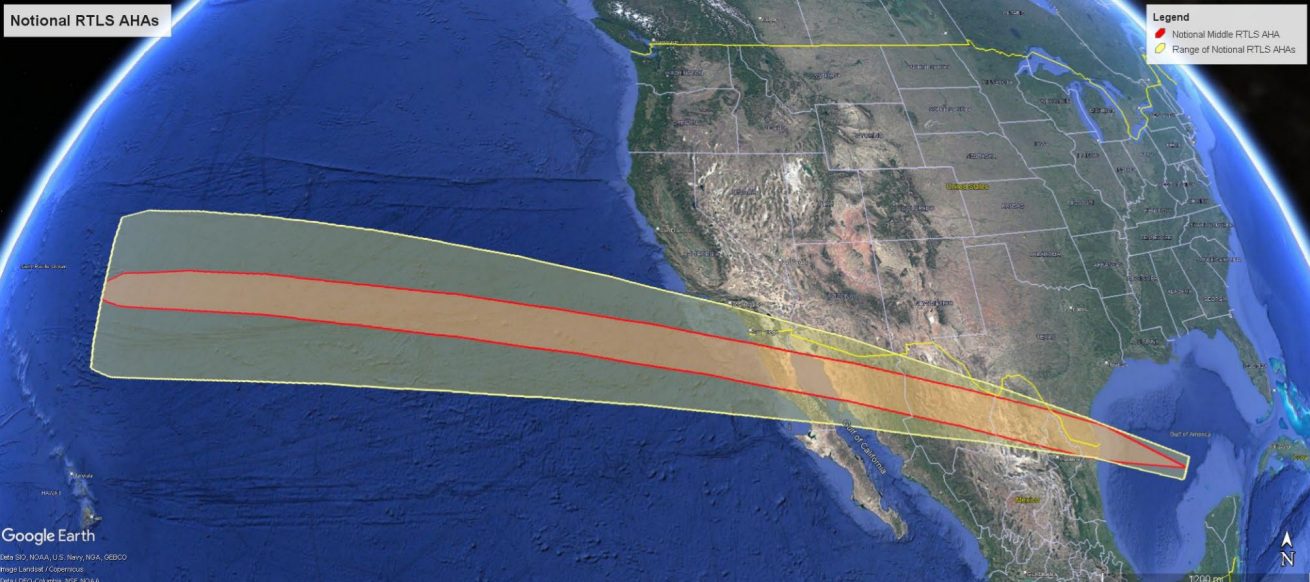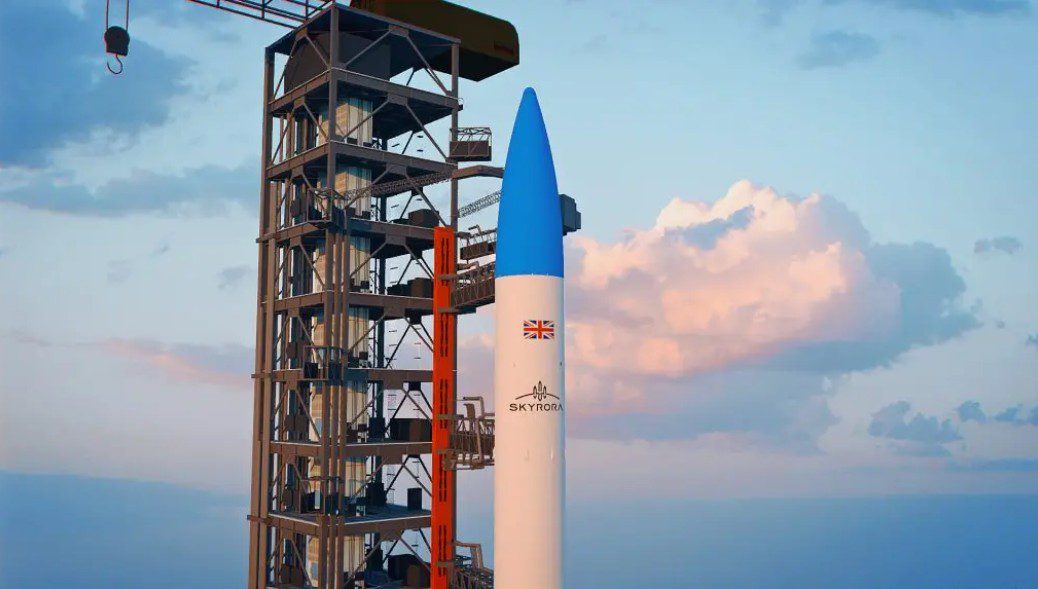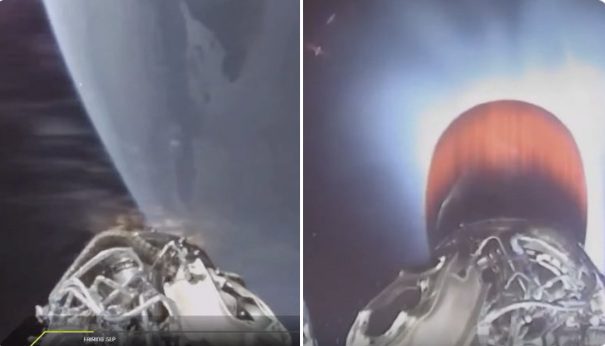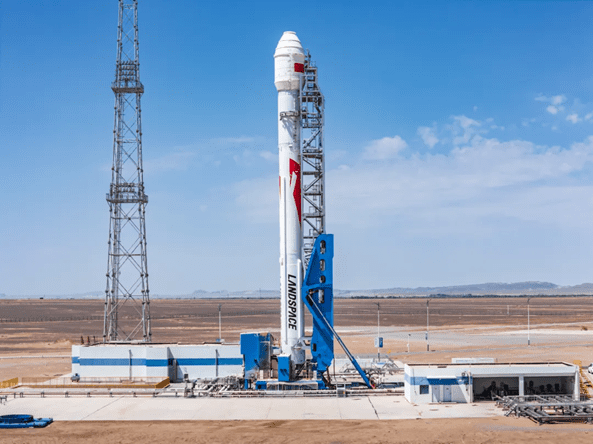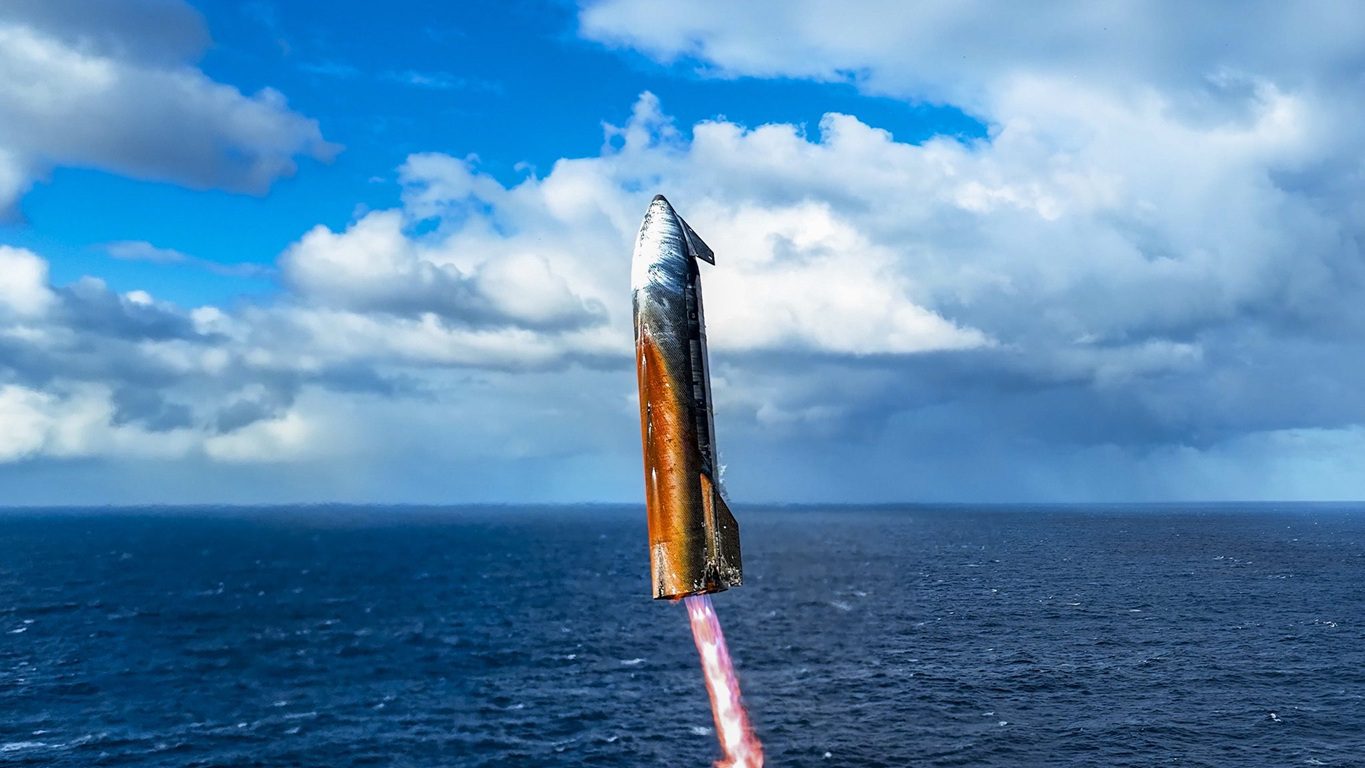At 1429 GMT on 15 June 2016 a Falcon 9 v1.1R rocket launched two Boeing 720SP satellites, Eutelsat 117 West B and ABS 2A, into a “super-synchronous” transfer orbit of 62,759 x 400 km, ready for their orbit-raising journey to Geostationary Earth Orbit (GEO). The two spacecraft, which were stacked directly on top of each other for their launch, will use fuel-efficient low-thrust electric thrusters for both this orbit raising attempt and for their general attitude control. In this mode, it is estimated that both satellites will take a minimum of 200 days to reach their intended orbit. ABS-2A will take about a month longer than the EUTELSAT 117 due to its greater mass.
The secondary part of the mission involved the attempted recovery of the first stage down-range of Cape Canaveral, on a drone-barge called Of Course I Still Love You, but it ended in failure. Although Space X has had recent landing successes with Falcon 9 first-stages, which will eventually be reused, it was not to be for this “high-energy” launch. As the stage apparently fell towards the barge, one of its three engines developed a fault and was unable to provide maximum thrust. As a result, that stage did not decelerate in time and fell heavily on the pad, exploding on impact. Or rather, as Elon Musk, SpaceX founder and chief technical officer, put it in a tweet: it underwent a RUD (“Rapid Unscheduled Disassembly”).



